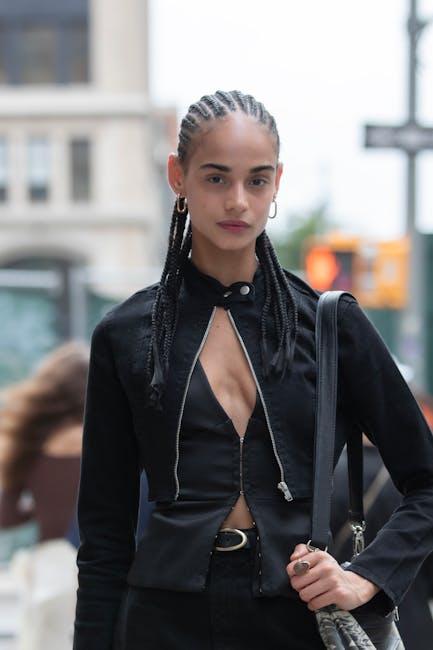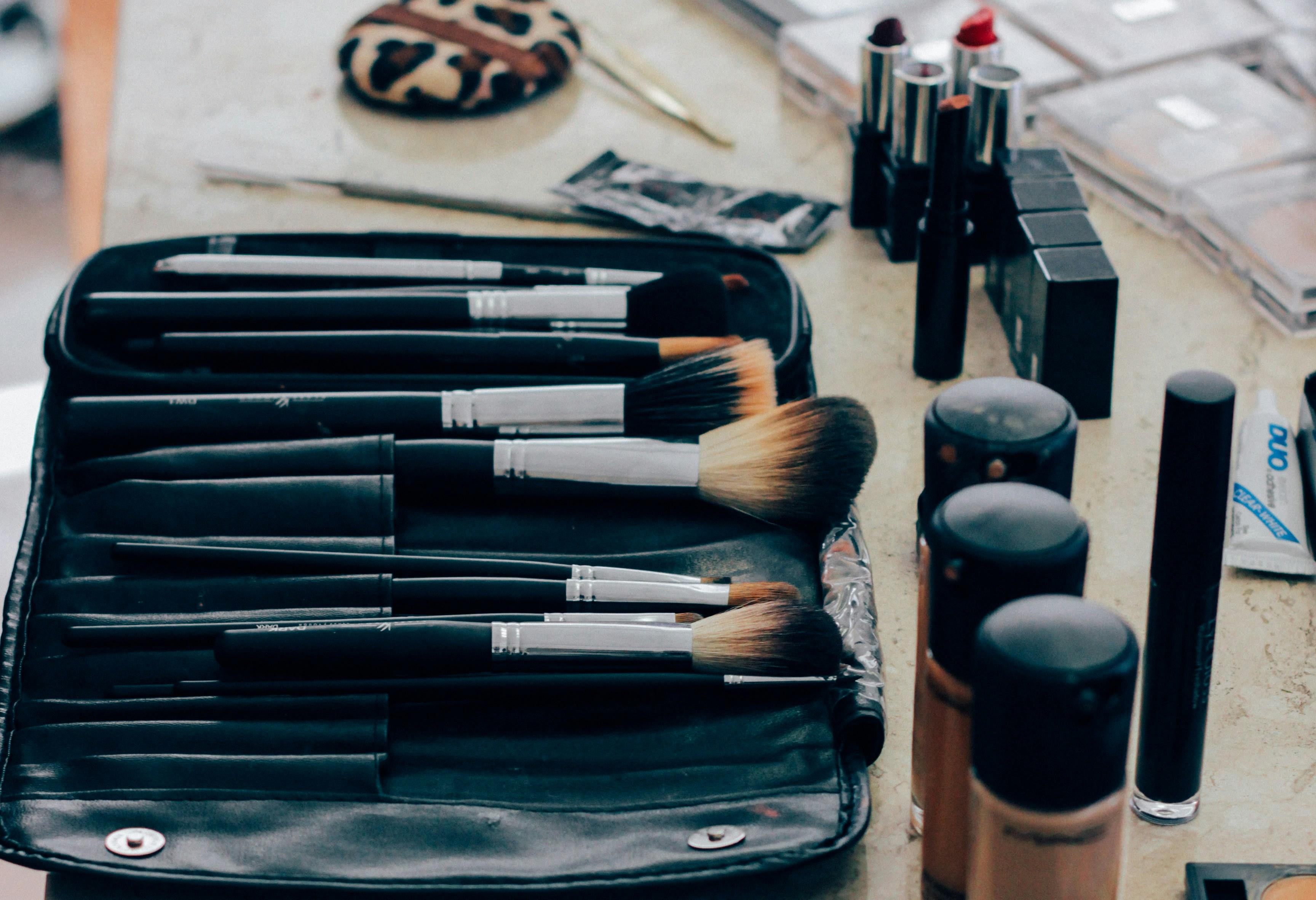The Role of AI in Creating Unrealistic Beauty Standards
In a world where pixels often outshine the palette of reality, artificial intelligence has emerged as both artist and critic, reshaping our perceptions of beauty. The digital age has long promised an era of unbounded creativity and self-expression, yet it has also ushered in a new arbiter of aesthetics: algorithms. These unseen architects of allure now wield the power to transform, enhance, and even redefine human features with a precision that brushes against perfection. As AI continues to blur the lines between the genuine and the fabricated, we find ourselves at a crossroads, questioning how these virtual ideals influence our understanding of beauty and self-worth. This article delves into the intricate role AI plays in crafting beauty standards that, while captivating, often transcend the bounds of reality, inviting a dialogue on the balance between innovation and authenticity.
AIs Influence on Modern Beauty Perceptions
In the age of digital innovation, AI technologies have woven themselves into the very fabric of how beauty is perceived and idealized. These systems, capable of generating hyper-realistic images and manipulating facial features, have sparked a transformation in the beauty industry, influencing perceptions on a global scale. With algorithms that can alter images to fit a certain aesthetic, there is a growing concern that these digital creations often promote an unattainable level of perfection. AI’s impact can be observed in various domains, from social media filters that enhance facial symmetry to beauty apps that suggest personalized cosmetic products based on AI-driven assessments.
- AI-generated images often set impossible standards for beauty.
- Social media filters create a facade of flawlessness.
- Beauty apps use AI to tailor product recommendations.
- AI technology can perpetuate narrow beauty ideals.
The subtle power of AI in shaping beauty ideals is not just limited to image manipulation. It extends to influencing consumer behavior and expectations. As these technologies continue to evolve, they hold the potential to both democratize beauty by offering inclusive options and simultaneously restrict it by setting rigid standards. This duality makes the role of AI in the beauty sector both intriguing and complex, demanding a critical eye towards the societal implications of these advancements.

Digital Alterations and Their Impact on Self-Esteem
In the era of digital transformation, artificial intelligence has significantly influenced the perception of beauty. AI-powered applications can effortlessly alter facial features, smooth skin, and even reshape body figures, creating images that are often far removed from reality. This technological prowess, while impressive, has led to the proliferation of images that set an unattainable standard for beauty. The consequence? A surge in self-esteem issues among individuals who compare themselves to these digitally perfected versions.
- Increased pressure to conform to these enhanced ideals.
- Erosion of self-worth as natural appearances are often undervalued.
- Perpetuation of insecurities through constant exposure to edited images.
Such digital alterations have woven a complex web where authenticity is overshadowed by artificiality. As AI continues to evolve, it is imperative to foster a culture that values genuine beauty and encourages individuals to embrace their unique traits, countering the adverse impact on self-esteem that these technological advancements can impose.

Navigating the Illusion: Understanding AIs Role in Beauty Trends
In the intricate dance of technology and aesthetics, AI has emerged as a powerful choreographer, subtly shaping the landscape of beauty trends. Through sophisticated algorithms and deep learning, AI tools are increasingly capable of generating images that blend reality with fantasy, crafting idealized versions of beauty that often set unattainable standards. These images, often seen on social media platforms, can influence public perception, leading to a homogenized vision of beauty that lacks diversity and authenticity.
- AI-Enhanced Filters: These tools can smooth skin, alter facial features, and even change body shapes, creating a virtual reality that users can project onto themselves.
- Trend Forecasting: By analyzing vast amounts of data, AI can predict emerging beauty trends, pushing them into the mainstream before they naturally evolve.
- Personalization: AI-driven apps suggest personalized beauty routines and products, but often promote a narrow definition of beauty, influenced by data biases.
As AI continues to evolve, it is crucial to question and understand its role in perpetuating these illusions. While technology offers innovative possibilities, it is essential to advocate for a broader and more inclusive representation of beauty that celebrates individual uniqueness.

Promoting Realism: Strategies for Responsible AI Use in Beauty
As the beauty industry increasingly embraces artificial intelligence, it’s crucial to adopt strategies that ensure AI applications promote realistic and inclusive beauty standards. By focusing on ethical design and implementation, brands can foster a healthier and more authentic relationship with consumers. Here are some strategies to consider:
- Inclusive Datasets: Ensure that AI algorithms are trained on diverse datasets that represent a wide range of skin tones, body types, and facial features. This can help prevent the reinforcement of narrow beauty ideals.
- Transparency and Education: Provide clear information about how AI is used in beauty products and services. Educating consumers about the technology can demystify AI processes and promote informed decision-making.
- Human Oversight: Implement human oversight to review AI-generated content. This can help identify and correct any biases or unrealistic portrayals before they reach consumers.
- Feedback Mechanisms: Establish channels for user feedback to continuously refine AI systems. Listening to consumer experiences can help in adjusting algorithms to better meet diverse needs.
By integrating these strategies, the beauty industry can leverage AI responsibly, ensuring it serves as a tool for empowerment rather than perpetuating unattainable standards.
Insights and Conclusions
As we navigate the evolving landscape of artificial intelligence and its profound impact on beauty standards, it becomes imperative to balance innovation with introspection. AI holds the power to redefine aesthetics, crafting images that both inspire and unsettle, bridging the gap between reality and illusion. Yet, within this digital tapestry, we must weave a thread of responsibility, ensuring that the quest for perfection does not overshadow authenticity. As we stand at this crossroads, let us not forget that true beauty transcends pixels and algorithms, residing instead in the diversity and imperfections that make us uniquely human. In embracing AI’s potential, we must also champion a narrative that celebrates genuine self-expression and inclusivity, crafting a future where technology enhances rather than dictates our perception of beauty.


